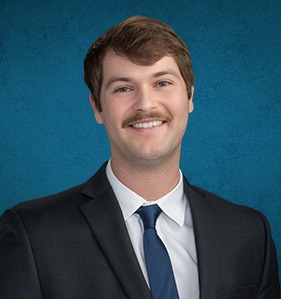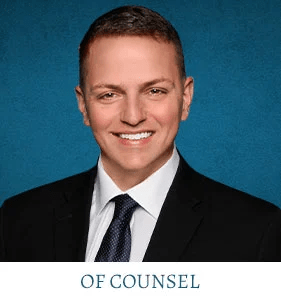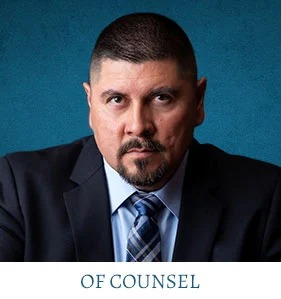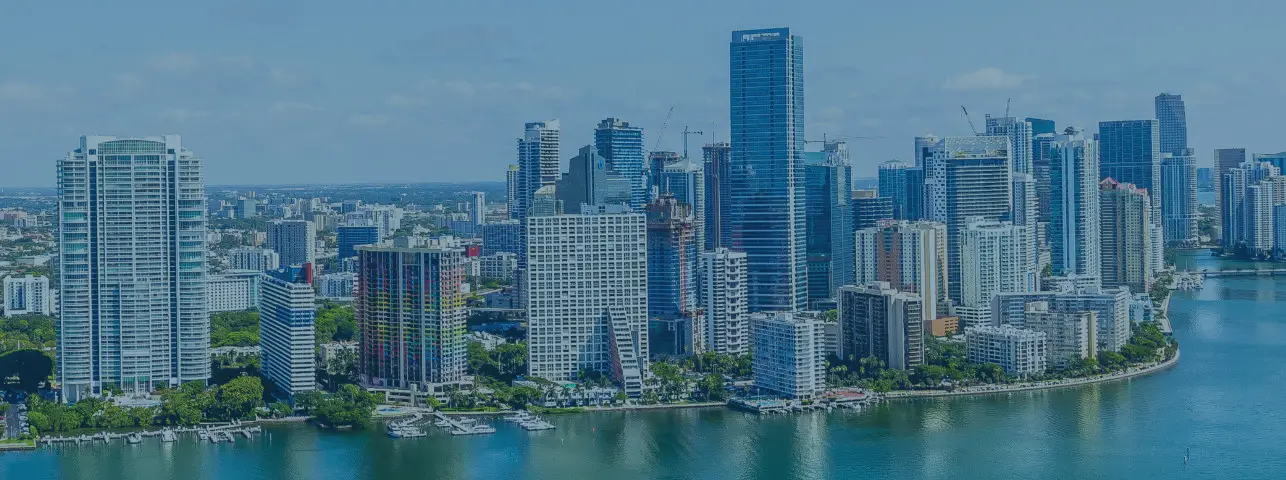CALL (800) 863-5312 TO SPEAK WITH A ZIPLINING ACCIDENT LAWYER FOR FREE
When rollercoasters and other theme park rides are not thrilling enough, some thrill-seekers go for more hazardous recreational activities such as ziplining. Though ziplines were originally used as a practical means to ferry people, goods, and livestock in jungle environments, ziplines are now ubiquitous as tourist attractions. Though ziplining can be a fun experience, you should be aware that ziplining can also lead to severe injuries.
If you or your loved one has suffered an injury while ziplining, you may be entitled to compensation. Call Zinda Law Group at (800) 863-5312 for a free consultation with one of our ziplining accident lawyers.
WHAT IS A ZIPLINE?
A zipline is simply a cable with one end at a higher point than another. A person can travel from one end of the cable to the other by the use of a pulley.
For a free legal consultation with a zipline accidents lawyer serving Las Cruces, call 800-863-5312
ZIPLINE ACCIDENT STATISTICS
It is not surprising that people get injured while ziplining. After all, zipline riders can travel at a rate of almost 100 miles per hour. Because the number of commercial zipline parks and amateur zipline installations has increased over the past decade, the number of injuries has also increased. For example, between 2009 and 2012, the annual injury rate from all ziplines went from 8 per 1 million U.S. residents to 12 per 1 million. More than ten percent of these injuries resulted in hospital stays–a rate that is higher than hospital stays that result from conventional sports injuries. What is most tragic is about zipline accidents is that most victims are children.
Call or text 800-863-5312 or complete a Free Case Evaluation form




























